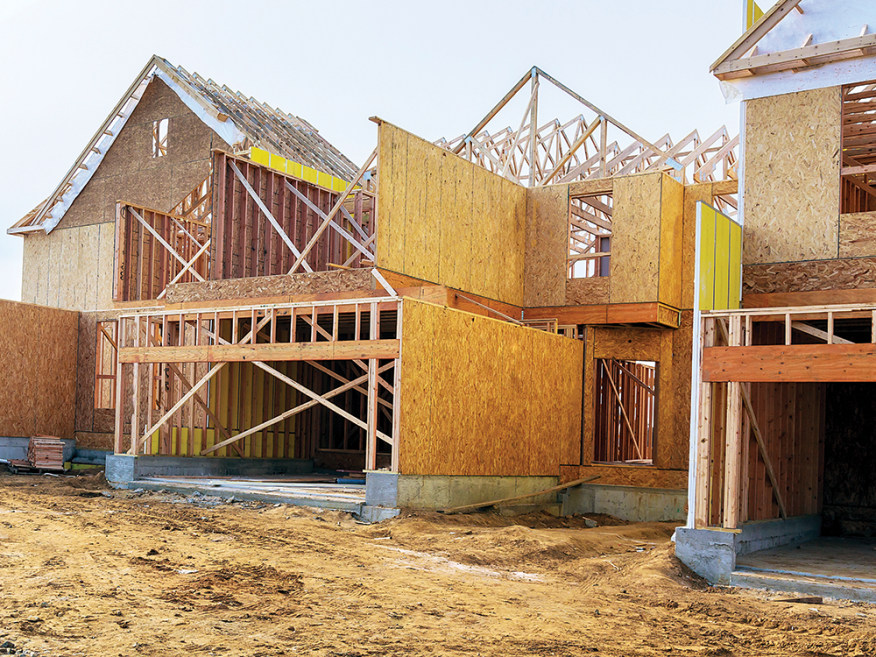When it comes to housing, the focus sure has changed at 1600 Pennsylvania Avenue.
During the run up to the presidential election, candidate Joe Biden went heavy into policies to increase the supply of home buyers, offering, among other things, a down-payment assistance program paid for with a refundable and advanceable tax credit. He also advocated for fully funded federal rental assistance.
Now, President Biden has switched gears, forgetting about buyers — at least for the moment — and concentrating instead on the supply of houses.
My, how the times have changed in the 18 months Biden has been in office.
Housing prices are such that many buyers — especially rookies — are still having a tough time rubbing enough shekels together to come up with a down payment, let alone enough to cover their closing costs, too. Rising mortgage rates haven’t helped their cause, either. But the real bugaboo right now is that there aren’t enough houses for sale or apartments for rent to satisfy demand.
If there were more of each, the thinking goes, the crawl of ever-rising prices buyers and tenants pay would slow to, well, a crawl. Or maybe even fall back to somewhat more affordable levels, at least for some people. Moreover, once inflation is tamed and supply chain issues are solved, loan costs should return to a more modest level, maybe even to those of the last year or so.












